PROTECT YOUR DNA WITH QUANTUM TECHNOLOGY
Orgo-Life the new way to the future Advertising by AdpathwayKenny Loggins has taken a firm stand against the use of his iconic song “Danger Zone” in a recent video posted by former President Donald Trump. The animated clip, generated by artificial intelligence, features Trump in a fighter jet with the call sign “King Trump” during a satirical take on the nationwide “No Kings” protests that erupted over the weekend. The video transformed the usually energetic and uplifting track into a vehicle for controversial imagery, showing Trump humorously bombing dissenters with fecal matter.
In his reaction, Loggins expressed disapproval, stating, “This is an unauthorized use of my performance of ‘Danger Zone.’ Nobody asked me for my permission, which I would have denied, and I request that my recording on this video be removed immediately.” His sentiment highlights a clear boundary between artistic intention and its misappropriation, emphasizing the need for consent in how music is deployed in media, especially when tied to provocative content.
Loggins went further, addressing the divisive nature of the video. “I can’t imagine why anybody would want their music used or associated with something created with the sole purpose of dividing us,” he remarked. This statement reflects a growing concern in the artistic community regarding music’s role in social and political discourse. Rather than fostering unity, the use of his song in such a context, according to Loggins, serves to amplify divisions.
In his commentary, Loggins stressed unity among Americans, asserting, “We’re all Americans, and we’re all patriotic. There is no ‘us and them’—that’s not who we are, nor is it what we should be.” This call to embrace music as a means of bringing people together contrasts sharply with the tone of the video, which seems to mock and trivialize significant social issues. Loggins’ comments resonate with many who advocate for collaboration over conflict, emphasizing a fundamental need for shared understanding rather than divisiveness.
As the protests were described as “mostly peaceful,” they centered on deep-rooted frustrations regarding Trump’s policies on immigration and crime. Nearly 3,000 demonstrations took place across the country, highlighting a vocal segment of the populace eager to address these pressing issues. The upside-down use of “Danger Zone” in an AI-generated video makes one wonder how the intersection of humor and serious political critique can sometimes lead to misinterpretation and backlash.
Interestingly, when asked about Trump’s video, House Speaker Mike Johnson defended it by framing it as satire. He mentioned, “You can argue he’s probably the most effective person who’s ever used social media for that,” implying that Trump’s use of satire is a tool for illustrating his political points. This perspective raises questions about the ethics of satire, especially when it crosses lines that may hurt individuals or communities.
The conversation around Loggins’ song aptly illustrates the complexities of cultural ownership and the responsibilities that come with creative freedom. In a time when media can be manipulated at the click of a button, artists like Loggins assert their rights and thereby contribute to a broader discussion on artistic integrity and public discourse.
Trump’s decision to use “Danger Zone” in such a context may have seemed like a humorous gesture to some, but it inadvertently sparked a significant backlash. It underscores a critical point: the artistic community is watching closely, and artists are increasingly aware of how their work is being presented and interpreted in the public sphere.
"*" indicates required fields


 4 hours ago
3
4 hours ago
3
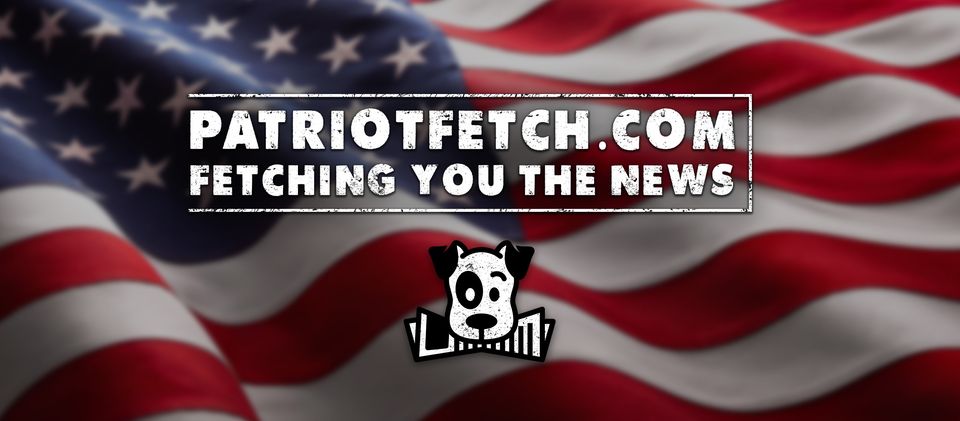
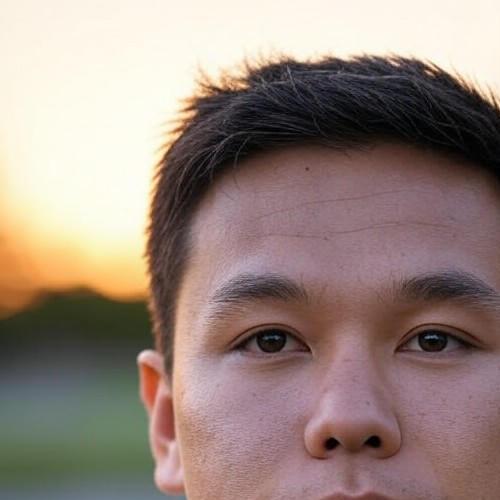
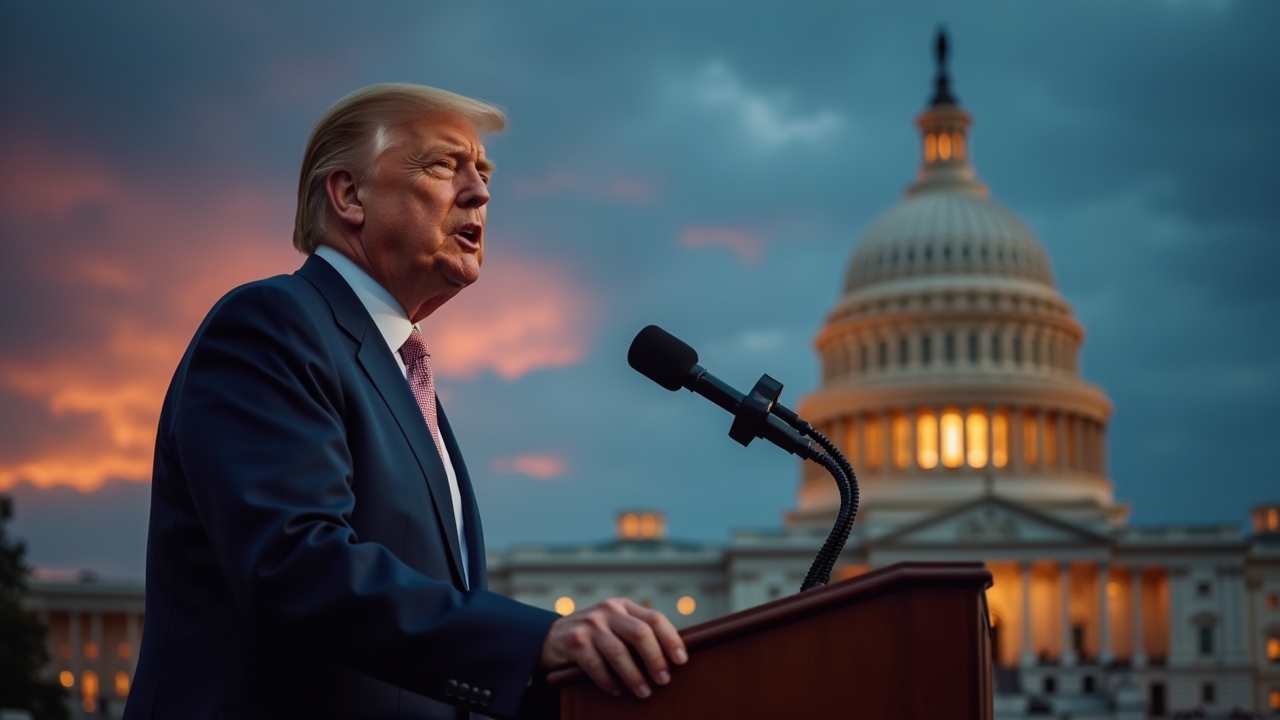
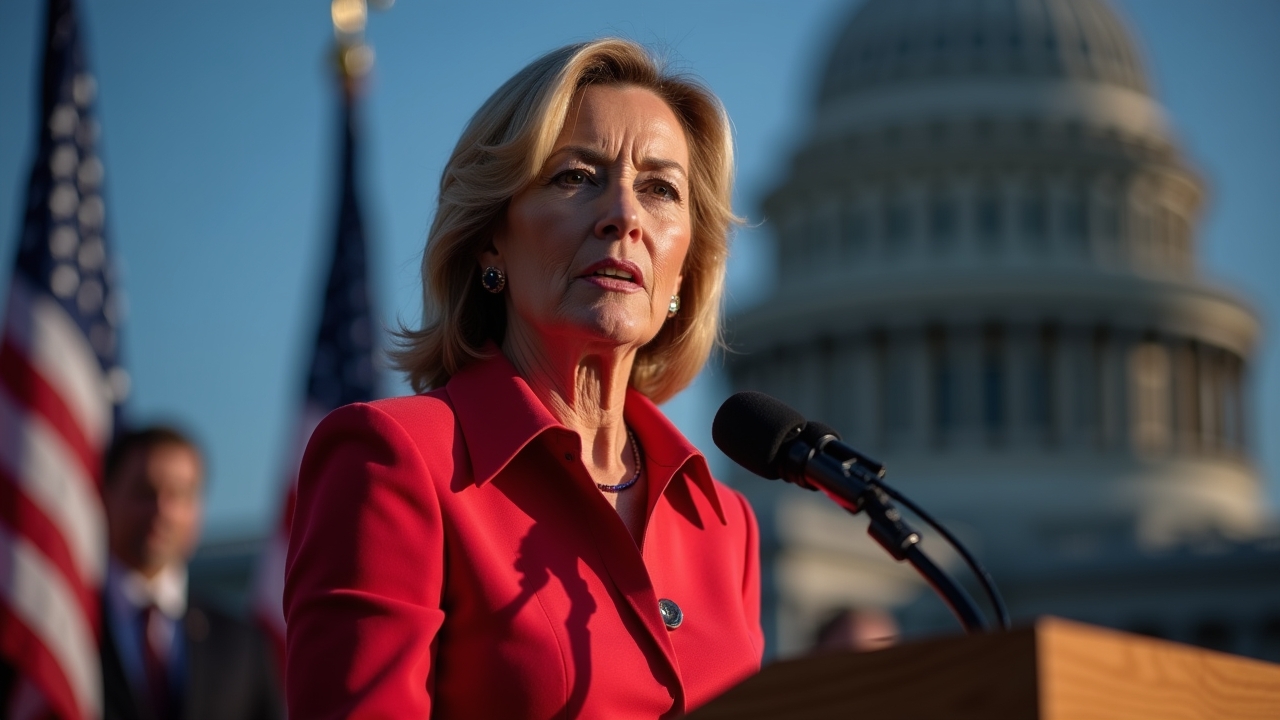
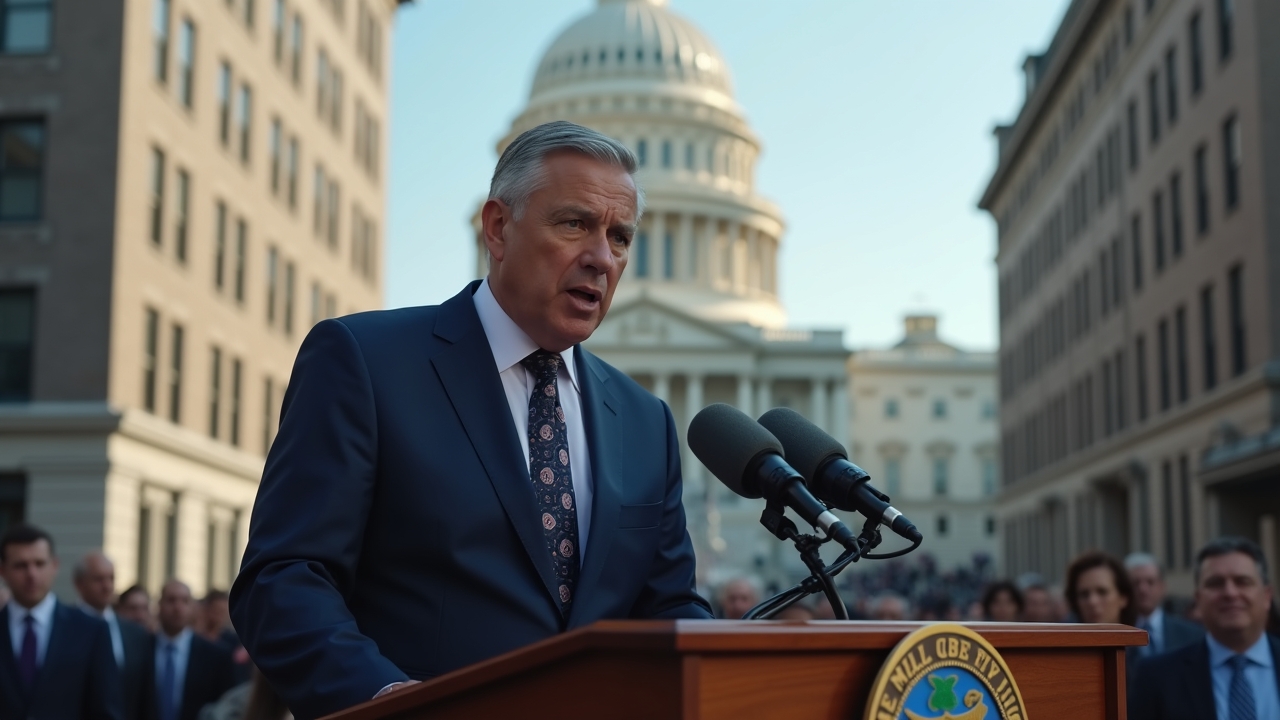
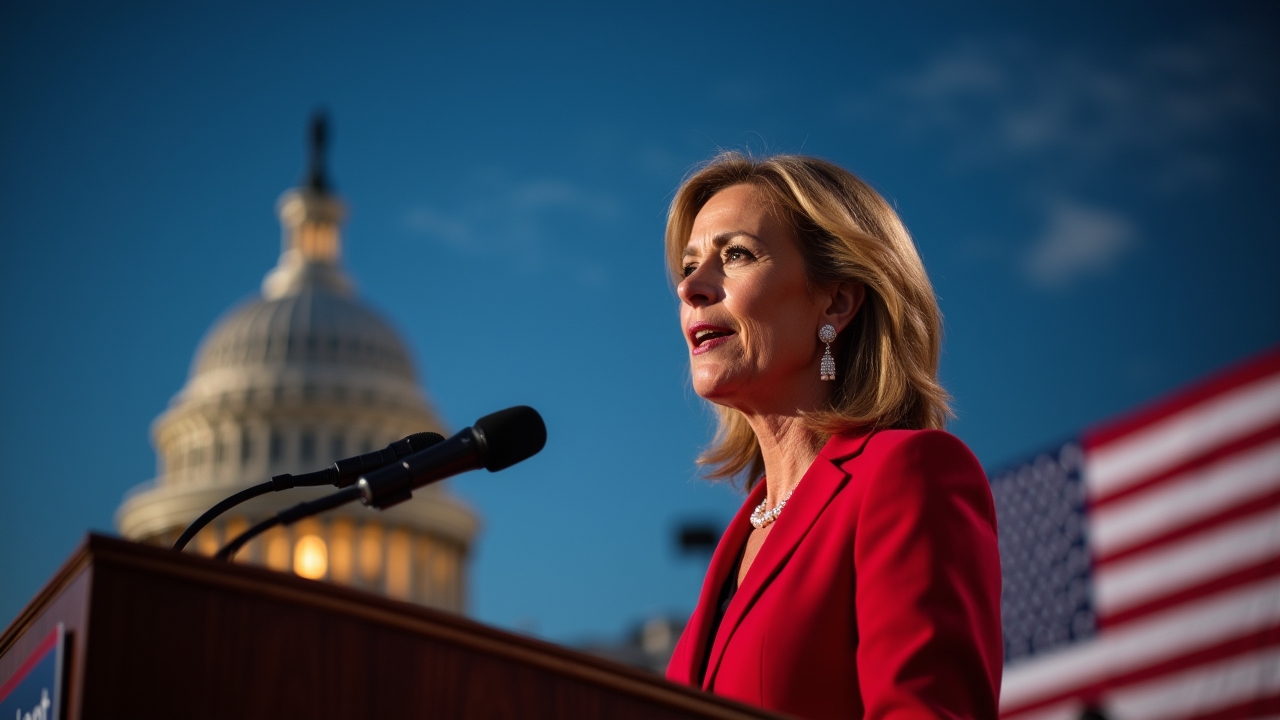
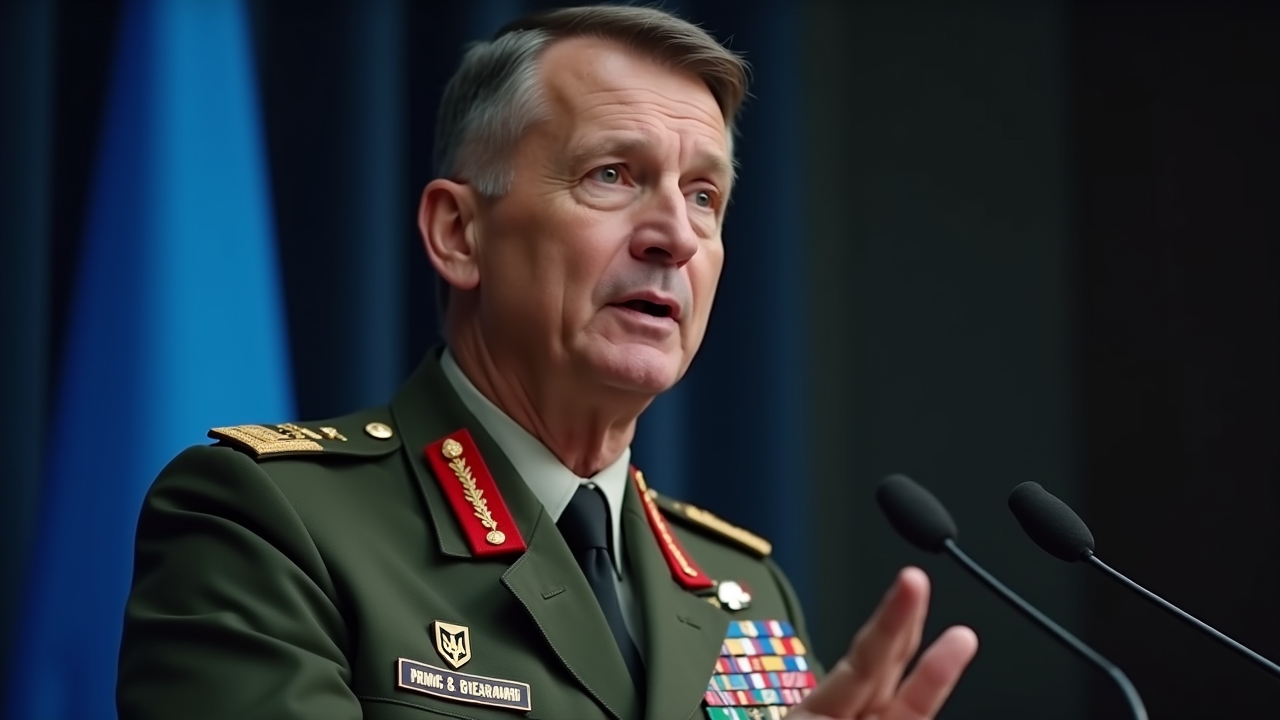

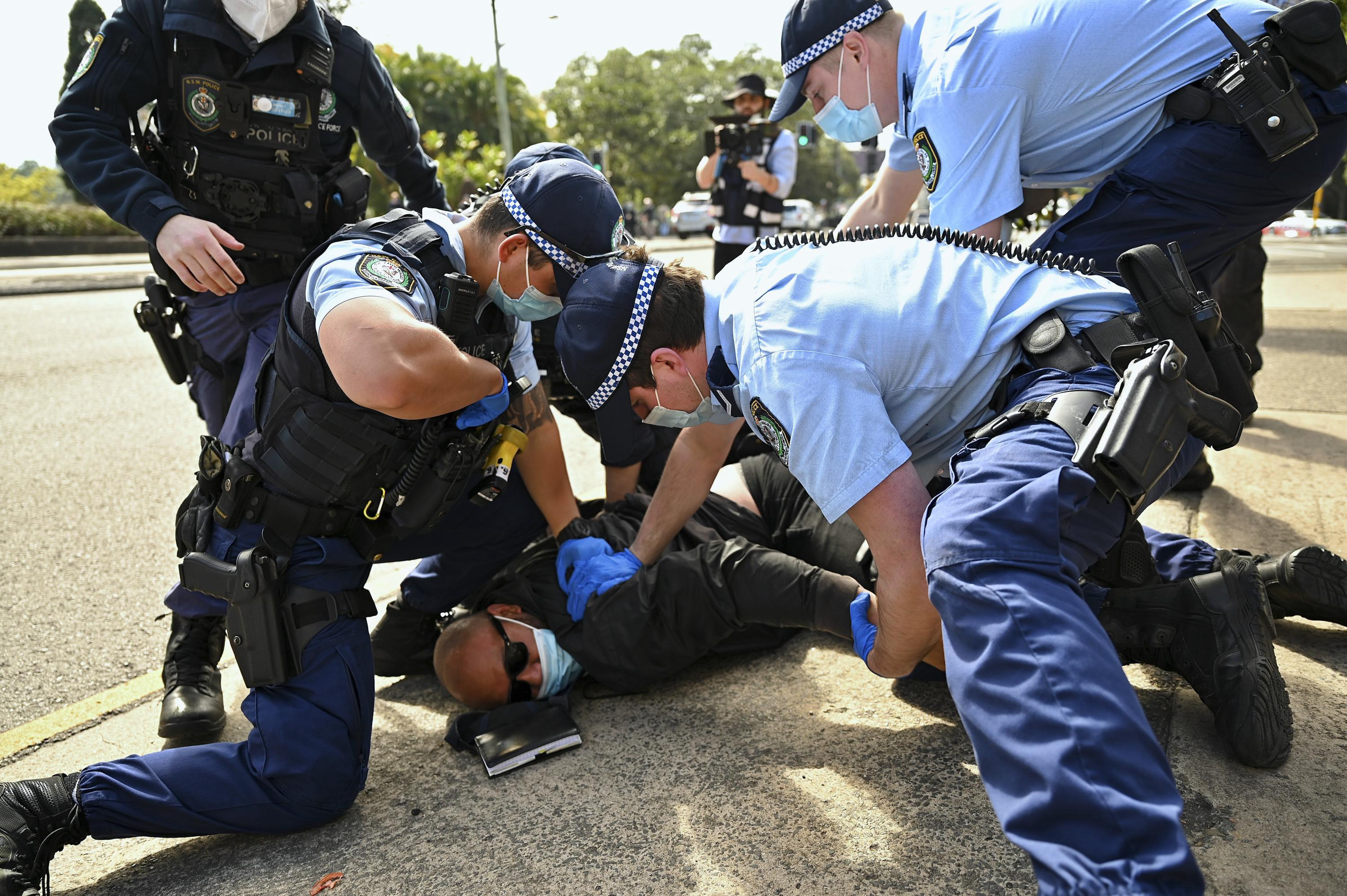
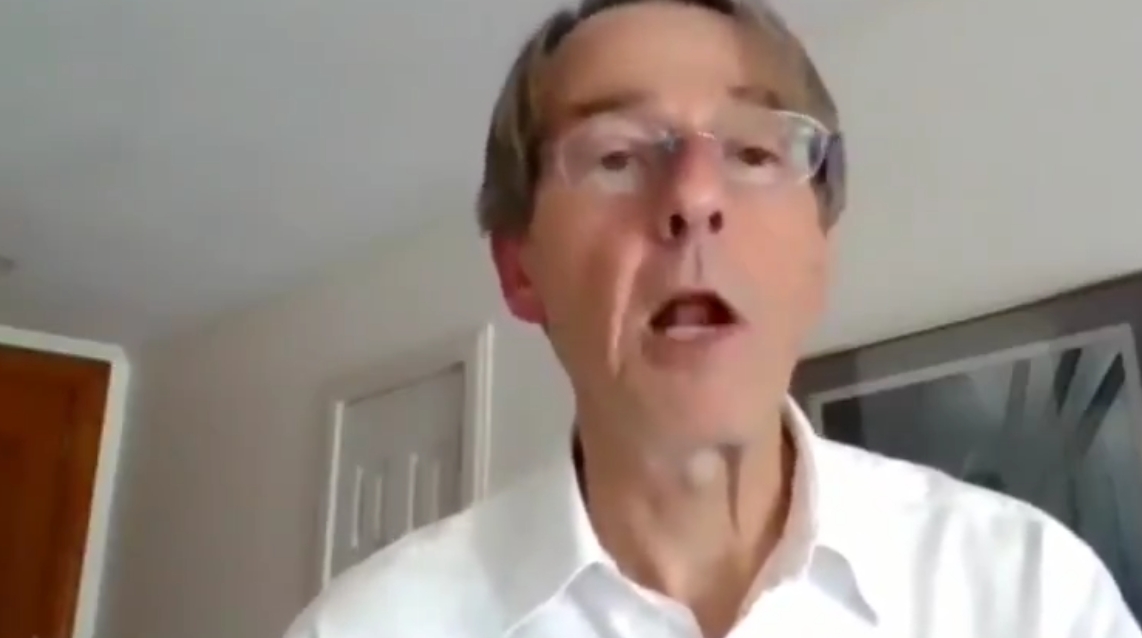


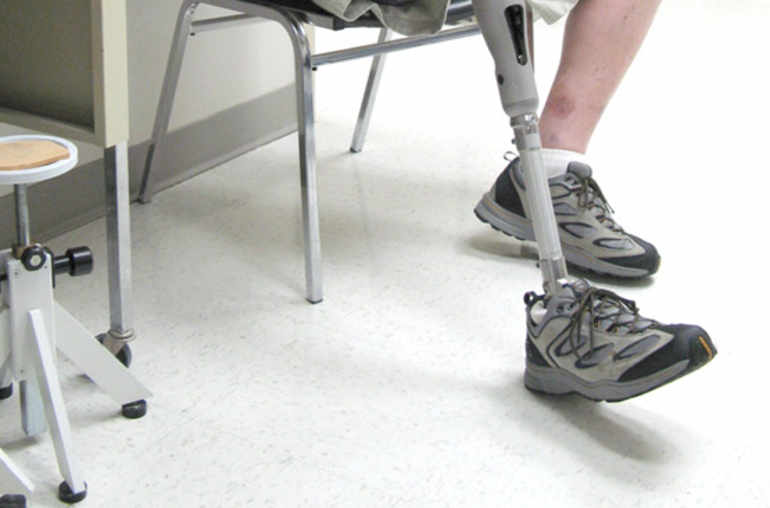
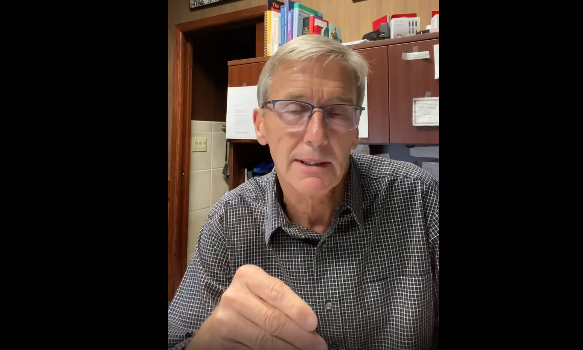
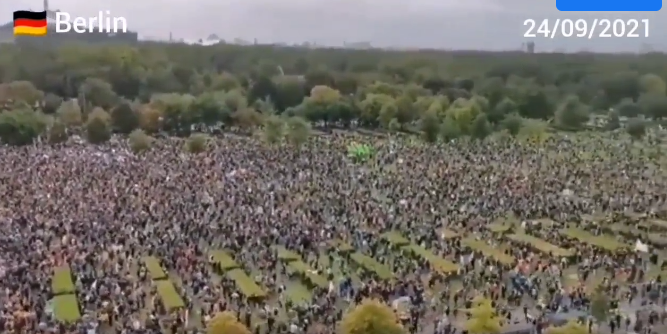
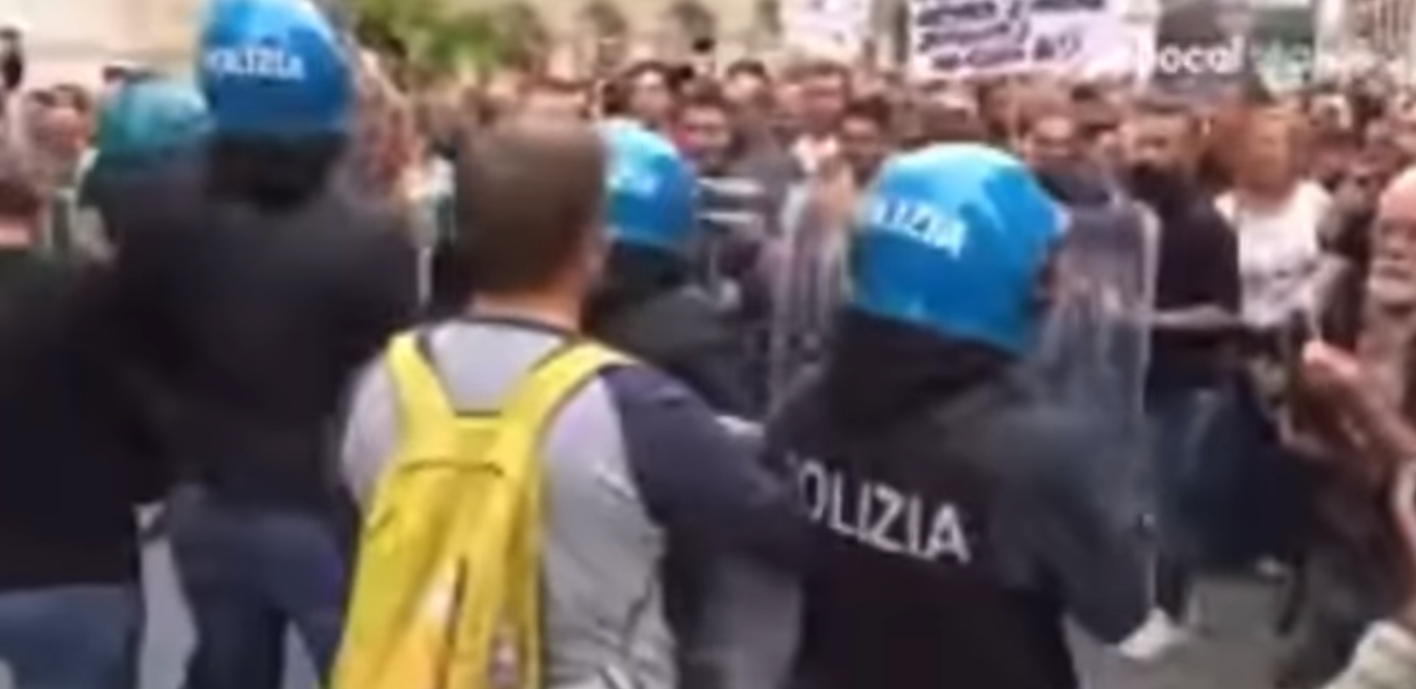
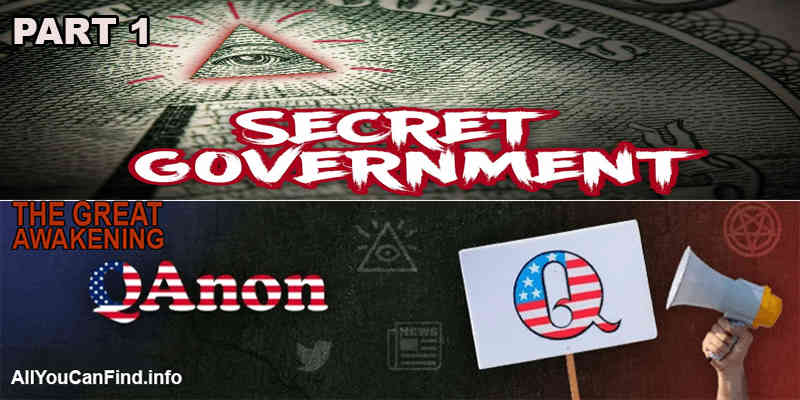
.jpg)
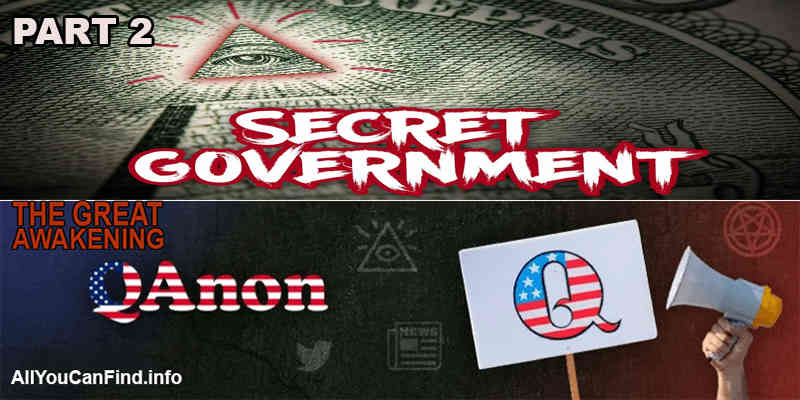
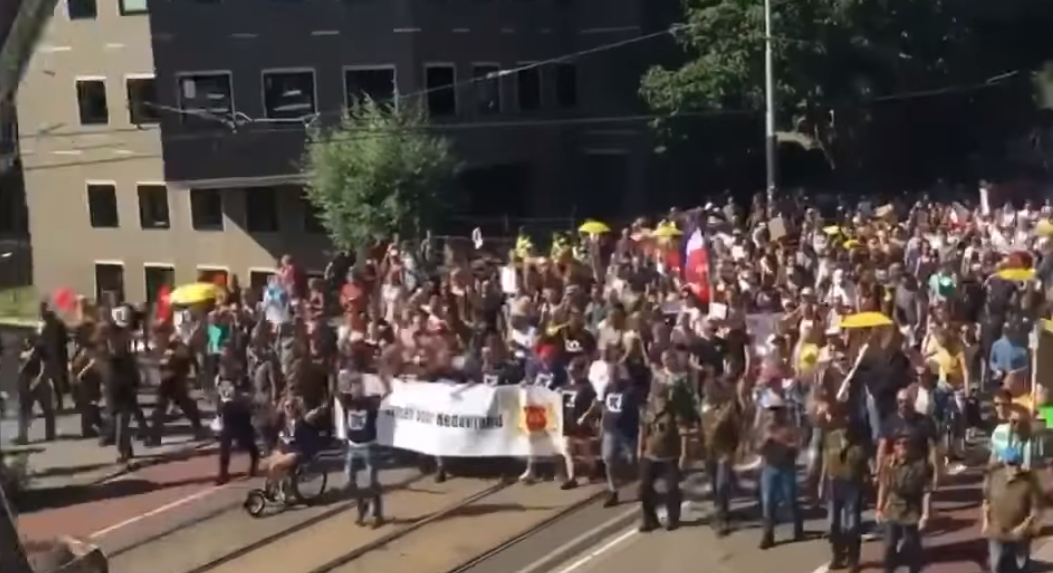
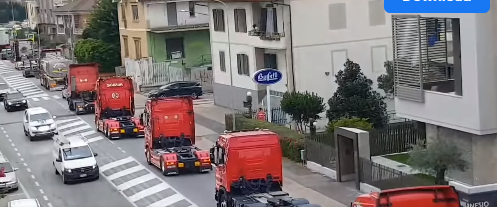
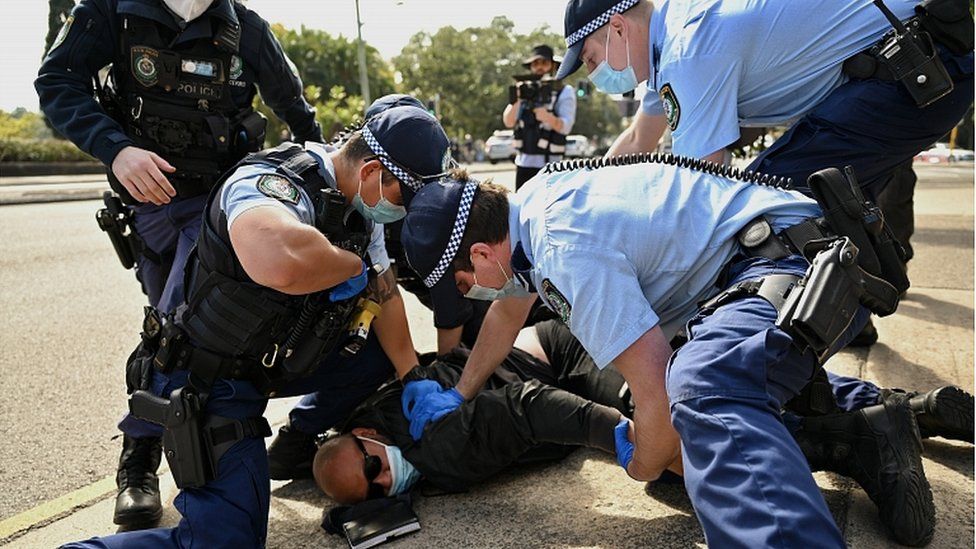
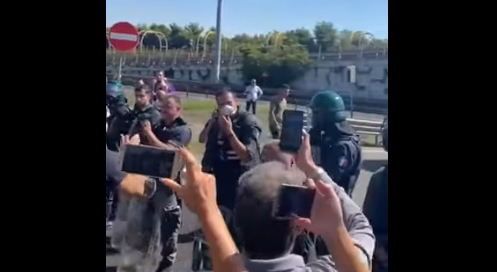

 English (US) ·
English (US) ·  French (CA) ·
French (CA) ·